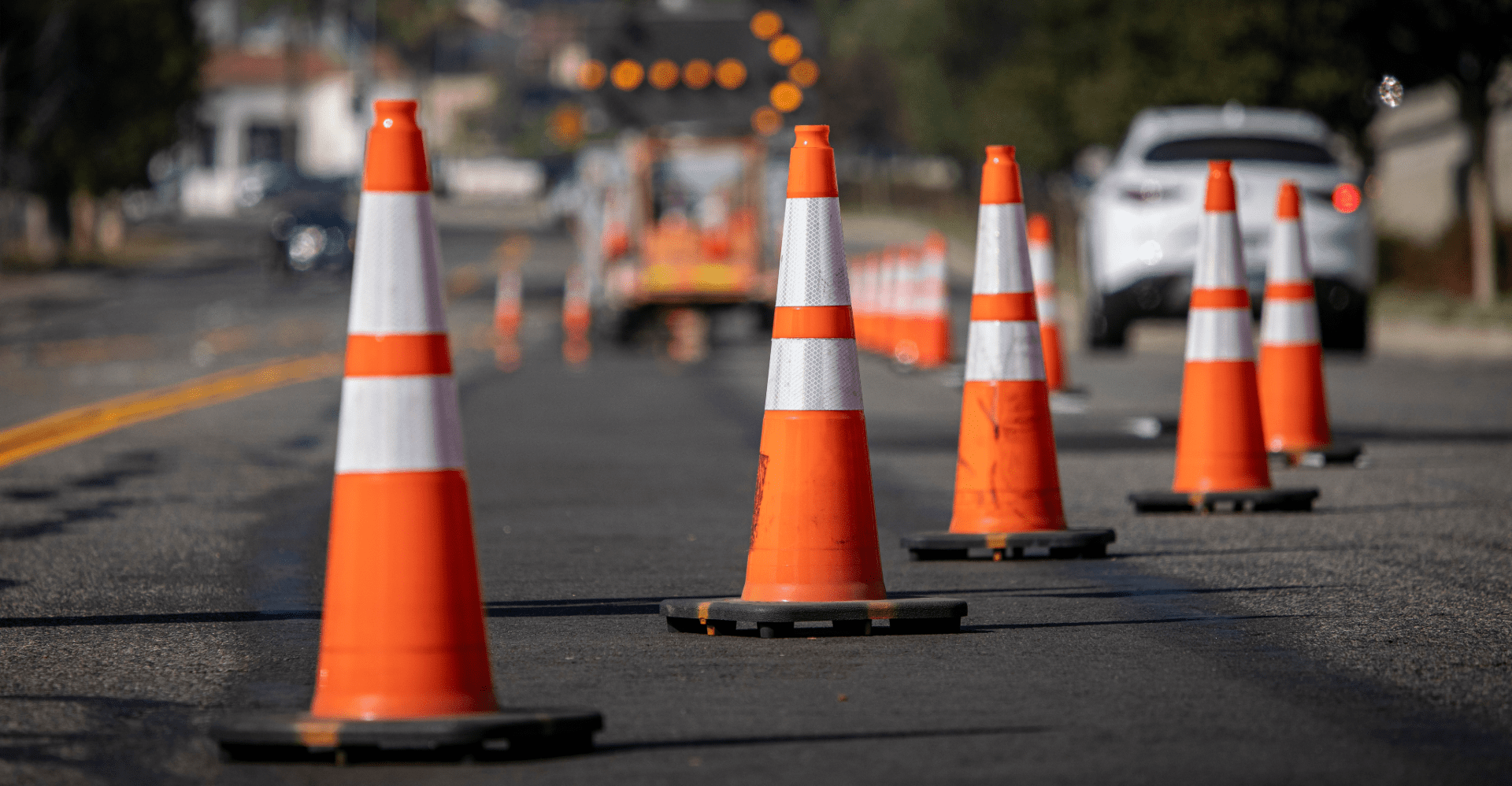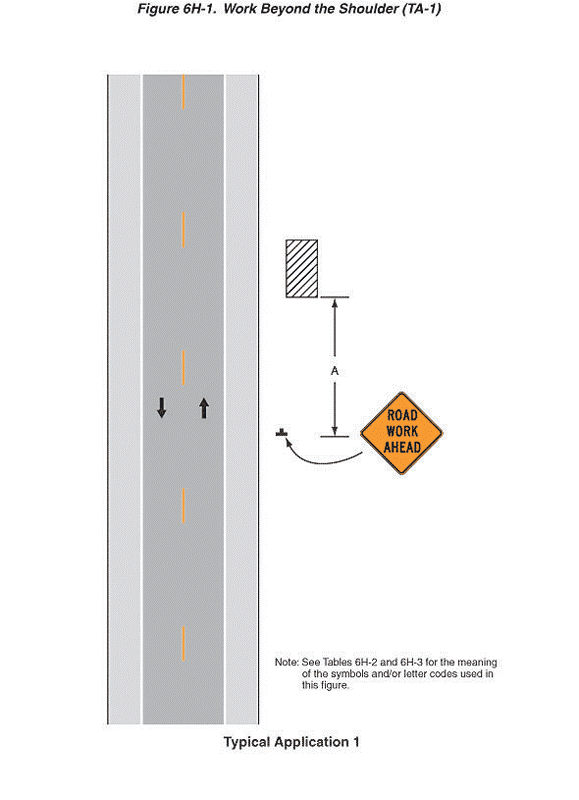
By John Tagliaferri, Regional Safety Manager
 At Ruppert Landscape, ensuring our teams’ safety is always a top priority. One of the most significant risks our crews face daily is working near traffic. While it might seem like we’re not directly “in the road,” the reality is that many of our job sites are in close proximity to active roadways, making traffic a constant hazard.
At Ruppert Landscape, ensuring our teams’ safety is always a top priority. One of the most significant risks our crews face daily is working near traffic. While it might seem like we’re not directly “in the road,” the reality is that many of our job sites are in close proximity to active roadways, making traffic a constant hazard.
Consider our typical work environments: almost all of them are adjacent to roads, whether it’s maintaining entry beds at shopping centers, trimming grass along road frontages, or edging and blowing near sidewalks. Our teams frequently find themselves working near or in the roadway, especially when clearing debris. Unfortunately, this can be dangerous.
I recall a specific instance that still sticks with me: I was driving to a job site on a four-lane road, following my GPS, when I crested a hill and nearly struck one of our team members blowing grass clippings from the road with their back to traffic. It was a close call, and it made me realize how vulnerable our employees are in these situations. I’m sure other drivers have had similar experiences, which is why I’m so passionate about protecting our crews when they’re working near traffic.
 Injuries from roadway incidents involving motor vehicles are the leading cause of work-related fatalities. In 2022 alone, 1,369 workers lost their lives due to these incidents. Additionally, in 2021-2022, there were 68,560 reported cases of Days Away, Restricted, or Transferred (DART) due to similar accidents. These statistics are alarming, and we must be vigilant to ensure that our employees don’t become part of them.
Injuries from roadway incidents involving motor vehicles are the leading cause of work-related fatalities. In 2022 alone, 1,369 workers lost their lives due to these incidents. Additionally, in 2021-2022, there were 68,560 reported cases of Days Away, Restricted, or Transferred (DART) due to similar accidents. These statistics are alarming, and we must be vigilant to ensure that our employees don’t become part of them.
One of the most effective ways to mitigate this risk is by setting up proper work zones that alert drivers to our presence. Use appropriate traffic control devices–signs, cones, and flashing lights–and flaggers or spotters when necessary. Even something as simple as two warning signs and a few cones can make a significant difference. These work zones help to create a barrier between our crews and traffic, reminding drivers that we are in their space and prompting them to slow down and proceed with caution.
Your own awareness of your surroundings is also key to roadside safety. Always be mindful of traffic and its patterns and keep a sharp focus on your position relative to the roadway. Whenever possible, work facing traffic, and if you must step into the roadway, use a spotter to guide you. Never blindly step into a lane, and don’t assume that drivers will see you—stay out of vulnerable positions, and always have an escape route in mind.
In the coming weeks, we’ll be providing training to our branches on how to identify, plan, and set up these work zones. Each job site is unique, but with the right training, establishing a safe work zone can be quick and straightforward. Not only is this critical for keeping our teams safe, but it also reinforces a safety-first mindset throughout our company. By consistently thinking about safety, we can strengthen our company culture and ensure that everyone goes home safe at the end of the day. Let’s work together to protect our teams and make safety our top priority!